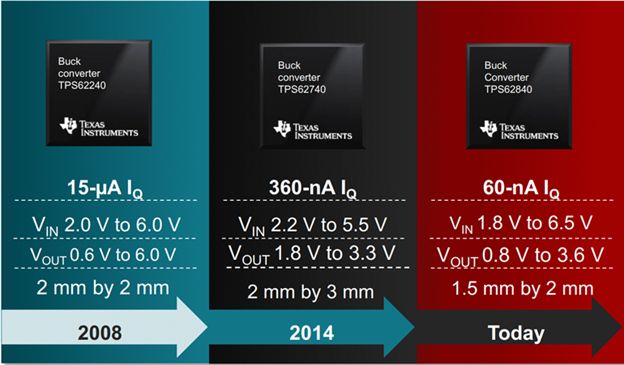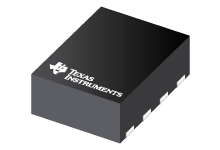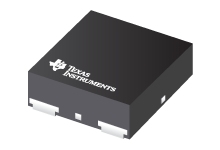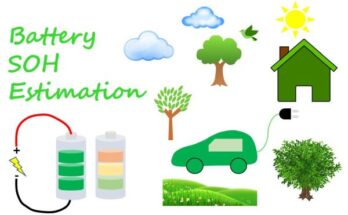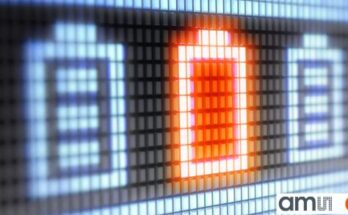Electronic devices powered by batteries consist of LDO (Low Drop Out) linear voltage regulators and DC/DC converters, as well as power management devices. These components usually work in always-on mode, therefore, the power consumption by them cannot be ignored. In many cases, the power consumption by LDOs, DC/DC converters and PMICs (Power Management ICs) are significant due to the long ON time. During the last decade, new technologies have been applied, so all these components have been improved to deliver lower power consumption. With PMICs, the system can work in different operating modes according to the load conditions. For example, these devices can be configured to work in normal mode, sleep mode, standby mode, power saving mode, hibernation mode, and shutdown mode. The power supply automatically switches between these modes based on the load demanding situation. The current draw can be varied in a very wide range, from several mA during normal working period down to a mere several nA when going to sleep mode. These low power working modes can save lots of power to support longer battery life or deliver power burst for transmitting data to other devices. Easy configuration of operating modes and low power consumption offer electronic designers much flexibility in power architecture and form factor designs, which are critical in many specific applications, such as remote sensor nodes, wearables, medical devices and other IoT components. In these applications, long life battery power can be the only viable power source and the size of the device must be small enough to fit in the limited space. Also, light weight can be another requirement when it is intended for drones.
There are two big challenges that system designers must solve for optimal system performance. One is to reduce the total power loss in the system power tree and the other is to generate the power rails with minimum noise for best performance of not only the system itself but also the peripherals. In a battery powered application, low power loss means longer battery life. To achieve longer battery life, these applications require very low quiescent currents (IQ) and high efficiency at both full and light loads. In many applications, the normal working mode only accounts for a very small portion of the full working period during a day. The device stays in standby mode for most of the time. In these cases, the current draw in standby mode makes the largest part of the total consumption. The current draw in standby mode is called the quiescent current, IQ, which is different from the shutdown current. The quiescent current is what consumed for sustaining the minimum system operations that may not control any load. Sometimes, the quiescent current is confused with the quenching current that is drawn when a device is turned off with battery still being connected. Because many applications have long standby time, the quiescent current consumed during standby period becomes a significant component of system power consumption. In these applications, quiescent current is a tipping point for optimal design. On one hand, low quiescent current is required for longer battery life, on the other hand, a certain amount minimum quiescent current is needed for sustaining functionalities, such as system wake-up.
According to Global industry Analysts, Inc., the total market for battery powered portable devices is predicted to approach $865.4 billions by 2020. In echoing with the current trending in wireless mobile applications, the global market for battery power products will continue growing rapidly. IoT (Internet of Things) compatible devices run exclusively on batteries. Moreover, it is estimated that a typical household can have at least 30 to 60 batteries in appliances, toys, tablets, PCs, and many other devices, such as fire alarms, electricity meters, garage door opener, and security systems, etc.
Low quiescent current is one of the most important features of modern LDO and DC/DC converters, a feature that is critical for many power restricted applications, such as battery powered portable devices or green-energy compliant devices for long stand-by operations. In these applications, it requires extended battery life and optimized low power consumption. To extend battery life in a device, always design with components such as low-power microcontrollers, sensors, radios, and efficient power supplies. Here, we have some examples of low quiescent current LDOs and DC/DC converters.
Texas Instruments’ TPS62840
TPS62840 boasts an ultra-low quiescent current (IQ) at 60nA. It is a synchronous step-down converter delivering very high light-load efficiency of 80% at 1 µA load, which can enable designers to extend the battery life of their systems or use fewer or smaller batteries to shrink their overall power supply size.
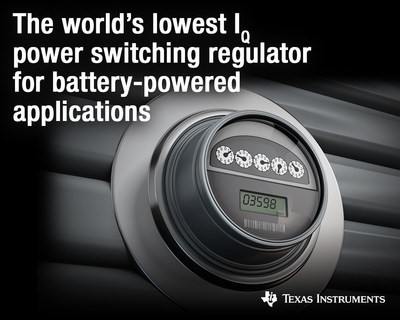
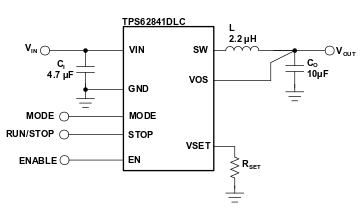
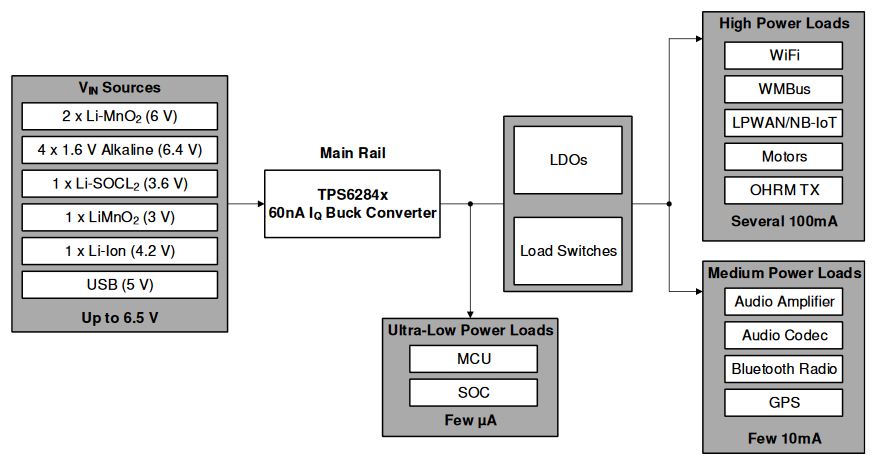
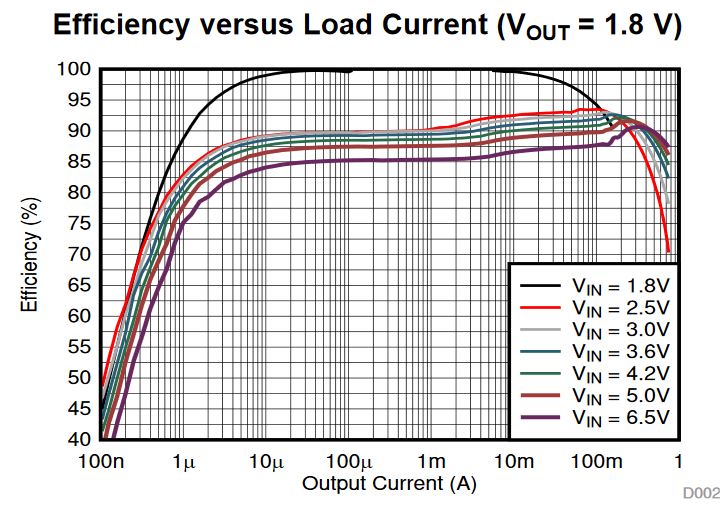
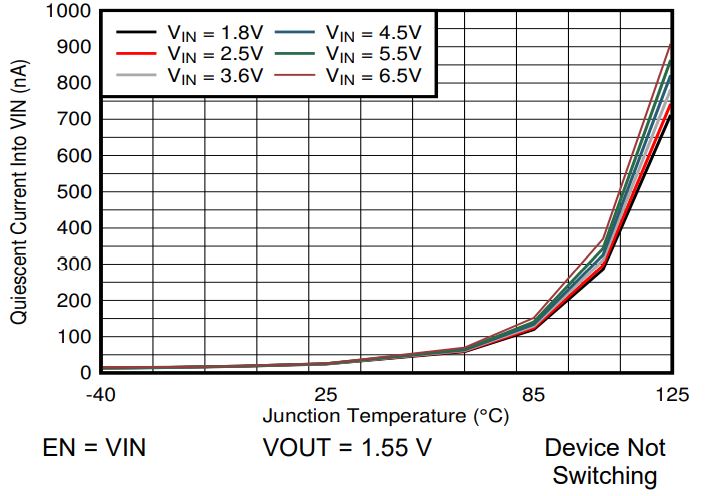
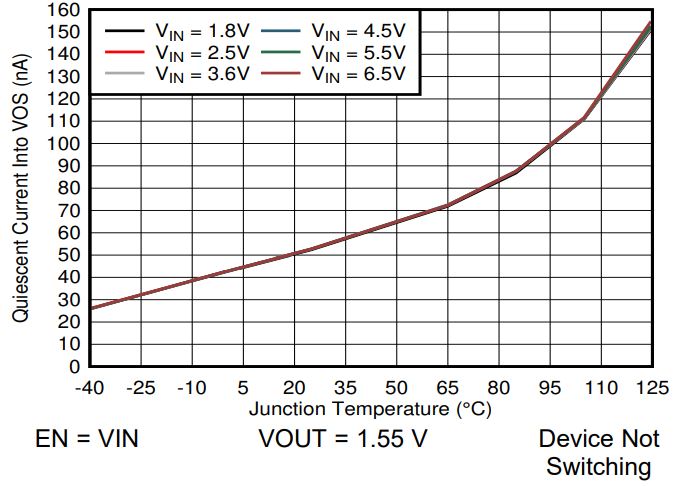
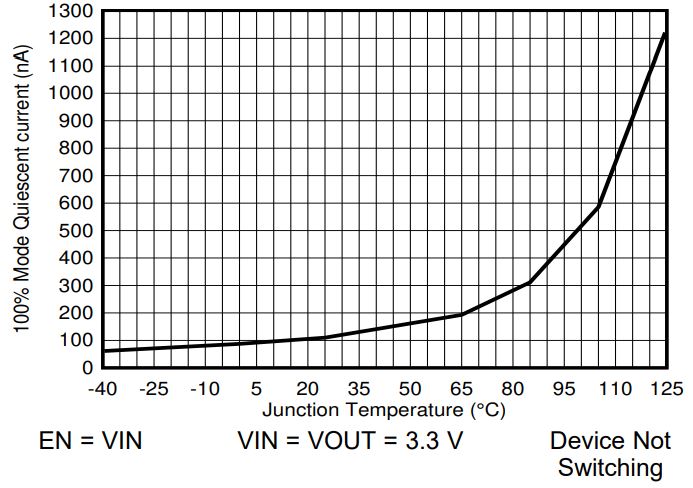

Texas Instruments’ TPS7A02
TPS7A02 is an ultra-low power low dropout linear voltage regulator with the industry’s lowest quiescent current (IQ) of sub-25 nA – one-tenth that of competing ultra-small devices. The new regulator features low IQ control at light loads even in dropout conditions, allowing engineers to at least double the battery life of their applications. In addition, it provides best-in-class transient response for faster wake-up, improving application response times and dynamic performance. The small solution footprint helps engineers design smaller, lighter, more efficient products quickly by reducing power-supply solution size, and its common industry packages allow for pin-to-pin drop-in replacement in existing designs.

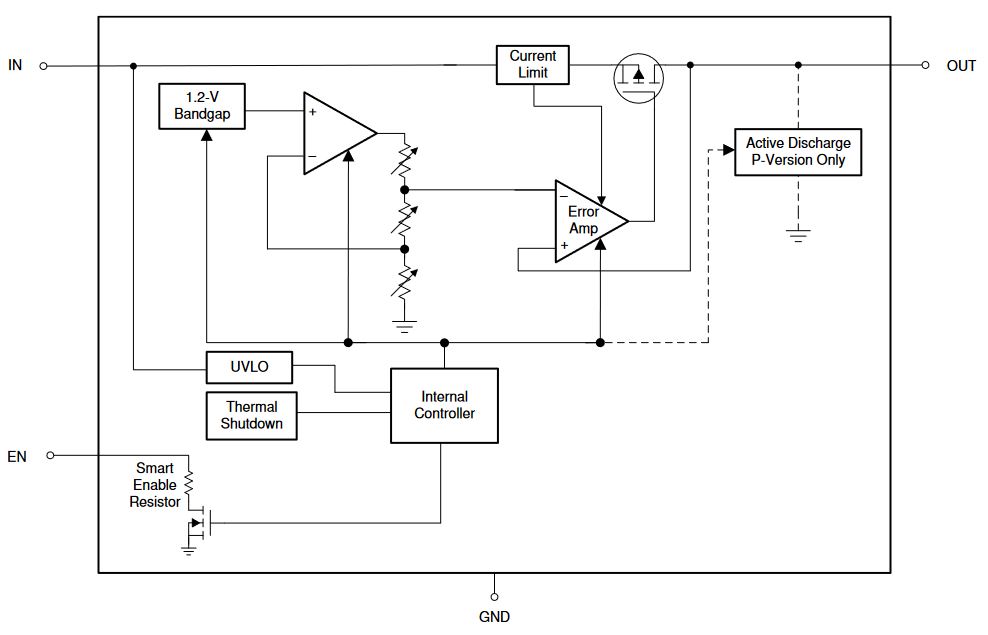

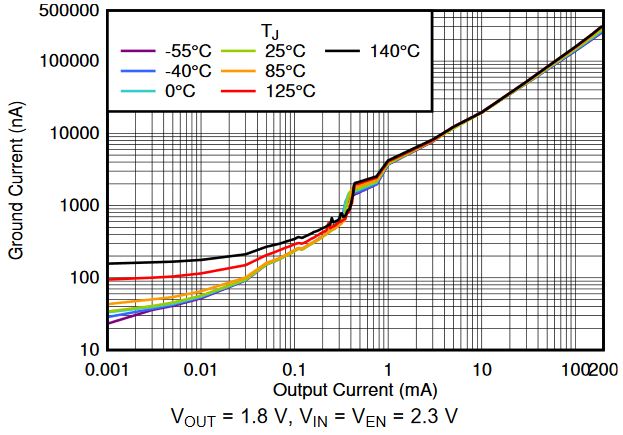
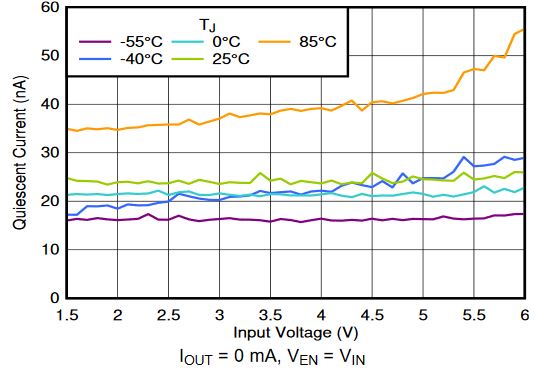
Read more at:

